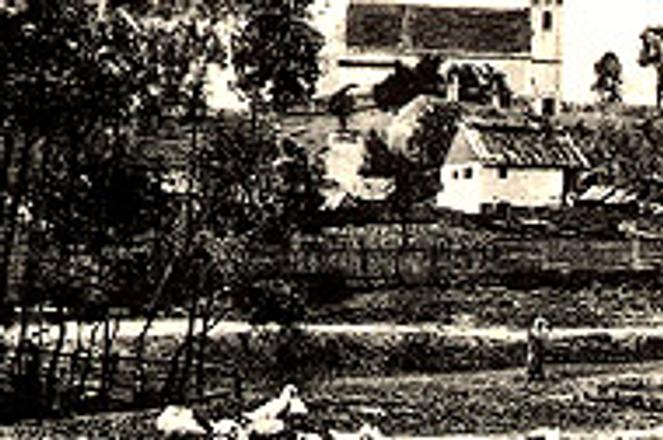THIS PART of Prešov, the Šariš metropolis, known as Solivar, did not feature many characteristics of a town at the beginning of the 20th century, as can be seen in this postcard. People used to make a living here in quite an unusual way - they mined salt. The noble family Soós de Soovar (Salt from Salt Castle) owned the land, already almost entirely soaked with salt, in the 14th century.
Gradually, a close-knit community began to form in Solivar, resembling something between a village and town. The small community was known to communicate in a unique way from time to time. For example, in 1754, they almost threw an administrator of the Šariš county into one of the shafts just because he came to do a property registration a bit earlier than he was supposed to.
Well, even miners knew how to liven up their life outside of their extremely exhausting work.
Prepared by Branislav Chovan, Special to the Spectator

